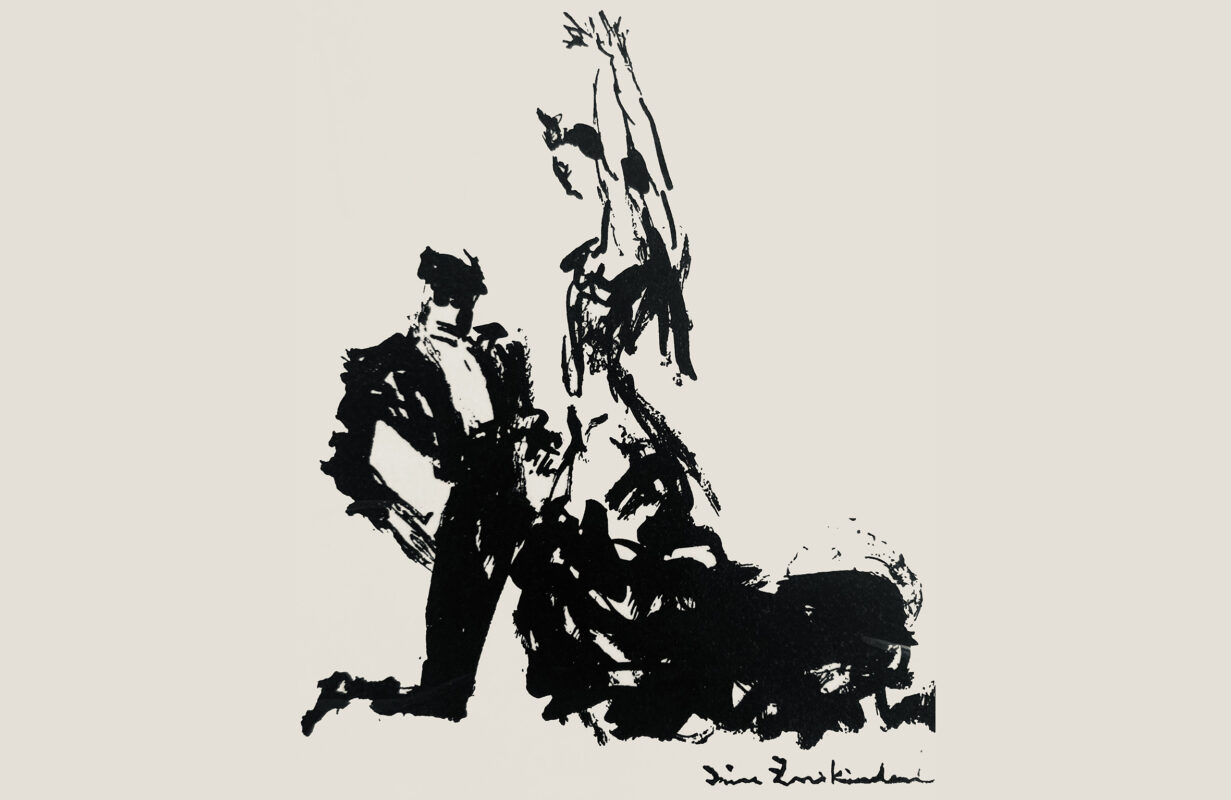Christ on the Mount of Olives
Beethoven every Friday: to mark his 250th birthday, we take a look at one of his works every week. Today on the oratorio "Christ on the Mount of Olives"

Large-scale vocal music by Beethoven is often reduced to just a few works. The finale of the Ninth is on everyone's lips and ears, the Missa solemnis can confidently be called Opus magnum and the Mass in C major stands in its shadow. But an oratorio, especially for Holy Week? In fact Christ on the Mount of Olives op. 85, Beethoven's only contribution to this genre, has almost completely disappeared from the repertoire. Perhaps it was chance that led Beethoven to compose this work. In early 1803, he had been commissioned by Emanuel Schikaneder to write an opera for the Theater an der Wien. And he was assured that he could also perform concerts with the musicians for his own benefit, the first on April 5, 1803, the Tuesday of Holy Week. Beethoven had put his first two symphonies and the third piano concerto on the program. The oratorio was also composed more or less at short notice in accordance with the church year. His later assertion that it was written in "14 days" has been written down, is cum grano salis The first sketches date from February of that year. Above all, however, Beethoven evidently saw the oratorio as a step on the way to opera, both dramaturgically and musically.
Christ on the Mount of Olives was successfully performed. However, the libretto by Franz Xaver Huber (1755-1814) proved to be problematic outside Vienna, so that the publisher made unauthorized changes when it went to press (Breitkopf & Härtel, Leipzig 1811). Beethoven only found out about this in the galley proofs - too late to be able to clarify fundamental points in his favor, even though he had to admit: "the text is extremely bad in the old meaning of 'simple', but once you've gotten yourself out of a bad arbitrate text as a whole, it is difficult to prevent it from being disturbed by individual changes." Above all, he was referring to the warriors' chorus, which seems a little strange: "We have seen him, / Going to that mountain, / Just take the path to the left, / He must be very close!" Such verses only make sense against the background of the Viennese performance tradition, which apparently also included a scenic concept. In any case, several textbooks of the time contain corresponding references such as "Christ. He kneels at some distance from the sleeping disciples", "Christ rises", "Paul draws the sword", "Choir of the soldiers leading Christ". Here it is particularly worthwhile to refer to the music text of the current complete edition (also available as a study score from Henle). And once you have been captivated by the symphonic introduction (beginning in E flat minor!), you will probably want to continue listening with curiosity ...
Information on the study score:
Ludwig van Beethoven. Christus am Ölberge op. 85, edited by Anja Mühlenweg (Studien-Edition), Henle-Verlag Munich, 255 pages (HN 9311)
Listen in!
Never miss an episode
Would you like to be reminded whenever a new blog entry is published? Subscribe to our newsletter or the RSS feed!








